Wherever you are in Bolivia, you’re never far from incredible natural wonders and awe-inspiring landscapes. And just 46 kilometres from the country’s charming capital city is one of Bolivia’s most visually striking natural formations – the Ombligo de Chuquisaca (Chuquisaca’s Belly Button). Otherwise known as Maragua Crater.
After months of travelling I’d decided to plant some roots in Sucre for a while in order to take some desperately needed and somewhat overdue Spanish lessons. However what this new-found routine of morning classes and afternoon sightseeing in the city meant was that – much like my day-to-day life back in England – I began to really look forward to the weekends. To the prospect of filling those two full days of freedom with as many adventures as I possibly could.
My first port of call for arranging these adventures was the Condor Trekking Office. Condor Trekkers invest 100% of their profits back into the communities through which their clients hike, as well as several other established social projects in and around Sucre.
I was spoilt for choice with the vast array of tours on offer there, and initially departed with nothing more than a brochure filled with itineraries and prices. However, following a conversation with Han and Hanneke (a dutch couple at my hostel that I’d become friends with as a result of our regular breakfast chats) the following morning, my mind was made up.
They had just signed up to the Maragua Crater trek that weekend, and suggested I join them.
Also happening that same weekend was one of the biggest music concerts Sucre had ever hosted – a critically acclaimed Pink Floyd tribute band called Pulse. They were playing in Sucre’s Plaza Center, on the edge of the city’s Plaza 25 de Mayo on the Friday night. An event we simply couldn’t miss.
The band – when they eventually appeared almost two hours after their scheduled start time – were indeed incredible. However as I walked back to my hostel at around 2am, I soon realised that attending one of the biggest music concerts in the city for some years the night before a strenuous 2-day trek at altitude, perhaps wasn’t the wisest decision we’d ever made.
We left Sucre at 6:30 the next morning feeling very sleep deprived and a little hungover, and immediately wishing we’d packed a lot more water (a maybe a couple of paracetamol) for the day ahead.
Day One – Chataquila to Maragua
The starting point for our trek was a small village called Chataquila, 40 kilometres outside Sucre. Its stone chapel houses a shrine to the Virgin of Guadalupe, the patron saint of Sucre, and this is where we stopped to fuel up on coffee and bananas before following an old pre-hispanic trade route in the direction of the Maragua Crater.
The paved track runs gently downhill, snaking its way through the mountains towards the village of Chaunaca.
Although I’d been constantly wowed by the diversity of Bolivia’s landscapes throughout my past few weeks in the country – the magical lakes of the southwestern altiplano, the dense Amazonian rainforest, and the blindingly white salt flats of the Salar de Uyuni – I’d never witnessed panoramas quite like those I found myself walking through on this occasion.
The colours and textures totally blew me away.
We stopped for lunch on a dusty plateau of jagged rust-coloured rocks, sharing travel tales and Spanish language tips with the other members of the group.
Including myself and our guide, Angelica, there were just five of us altogether, all with similar trekking abilities and a corresponding eagerness to learn about the landscapes and communities through which we hiked.
After lunch we continued our journey downhill, past the aqueduct that carries water to Sucre and along the banks of the Ravelo River. Although the path was wider and the terrain was less uneven, the vistas were definitely no less remarkable.
We passed some magnificent rock formations – stripes of purple, silver, and rust running through stone like water – before arriving at Socobamba and the fantastic suspension bridge.
Crossing the bridge we continued our descent further into the crater. Whilst the track was well-trodden and well-marked for the majority of the time, there were parts where recent landslides (the area hadn’t seen any rain for months) had almost completely collapsed the path in front of us.
Our guide seemed confident about crossing the mountain in the photo below; the rest of us were more than a little concerned that we may end up at the bottom of said mountain.
Fortunately the terrain was more forgiving than we initially feared it might be, so we made it back on to solid ground and rejoined the track.
Heading uphill from the partially dried-up riverbed, we passed waterfalls and spectacular rock strata as we approached the village of Maragua at the centre of the crater.
This is where we’d be spending the night, in one of the village’s traditional stone round houses with thatched roofs. Although the houses were small the only source of heat inside was from one small fire in the corner of the kitchen, and that’s where we all gathered around – as soon as we’d visited the village shop in order to purchase enough wine to see us through the evening.
Day Two – Maragua to Quilla Quilla
Although the night had been bitterly cold, my bed was covered in enough blankets to keep me toasty warm until the sun rose again the next day.
Whilst Angelica and our host cooked breakfast for us all, Han and I went for a wander around Maragua.
Contrary to what some people believe, Maragua Crater is not volcanic but was in fact formed by thousands of years of erosion. Fossils of marine shells are still found in the region and sold by local children, and you can study ancient dinosaur footprints at the nearby site of Ninu Mayu.
As we walked around the village we noticed fields of wheat and corn appearing in patches across the central ground of the crater, while the surrounding hills seemed to roll and swirl beneath a perfectly blue sky.
The inhabitants of Maragua lead very simple lives amidst a remote and incredible landscape.
After we’d filled our bellies and said our goodbyes to the friendly and loveable resident hound, we climbed uphill and headed south along the precipice of the crater walls in the rising light of the early morning sun.
Not far from the village of Maragua is a set of waterfalls known as A la Garganta del Diablo (The Devil’s Throat). I’m not sure I can see the likeness in the photo below, but it was a stunning place to visit all the same.
From here we followed the track downhill through a picturesque valley, passing waterfalls and farmhouses along the way.
When I wasn’t concerned that the ground may swallow me whole (take one look at the second photograph below and you’ll understand why!), the constantly changing terrain beneath my feet never ceased to amaze me.
I lagged behind to photograph rocks and flowers, and to study animal skulls, before rejoining the others on the path.
The track soon levelled out once again as we neared the village of Quilla Quilla – a site famous for being the location of indigenous rebel leader Tomas Katari‘s execution in 1781.
Quilla Quilla was our final stop on the Maragua Crater trek, and it was from here that we would catch a local bus back to the comfort and familiarity of Sucre, and to the reality of routine once again.
Practical Info
- You can find the Condor Trekking Office on Calle Calvo 102, Corner with Bolivar, Sucre. Or you can email them at condortrekkers@gmail.com
- The cost of the tour (which includes a guide, overnight accommodation in a traditional stone round house, and all meals) is 500 Bolivianos ($72)
- Pack plenty of layers – it gets incredibly hot during the day, but due to the altitude temperatures plummet once the sun sets.
- Coca leaves are your friend when trekking at altitude; make sure you bring a supply with you (although our guide had plenty).
If you like this article, please share it on social media using the share buttons at the top of the post. Alternatively you can follow along on Facebook, Twitter, or Google+ or you can look me up on Instagram or Pinterest too!
PIN ME!!!



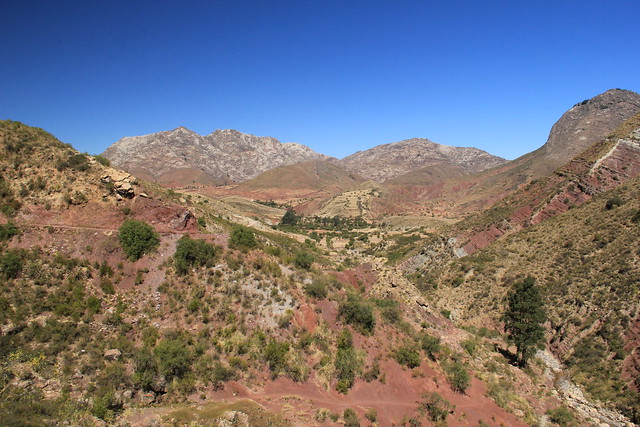
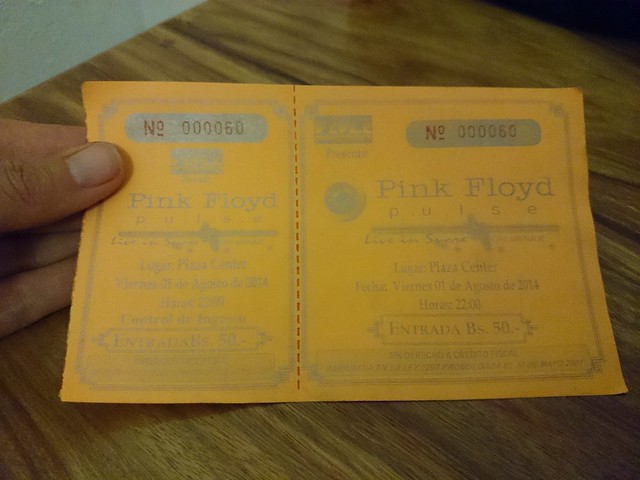


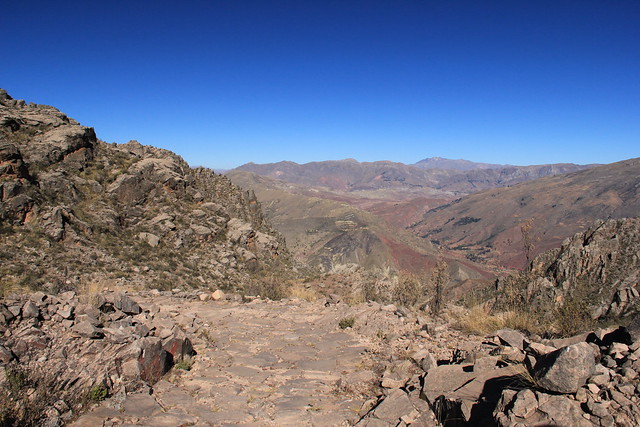

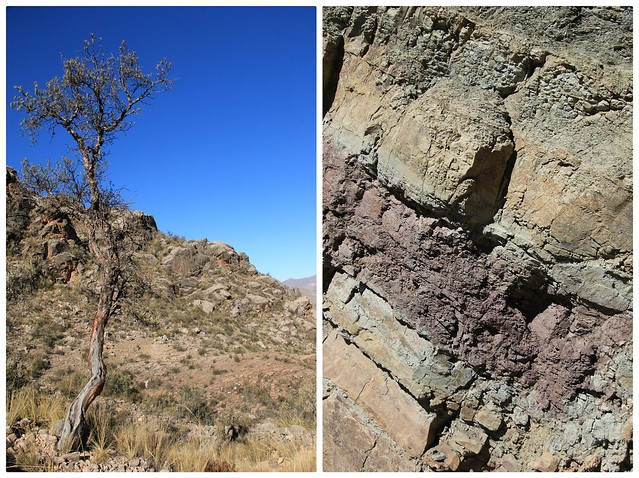
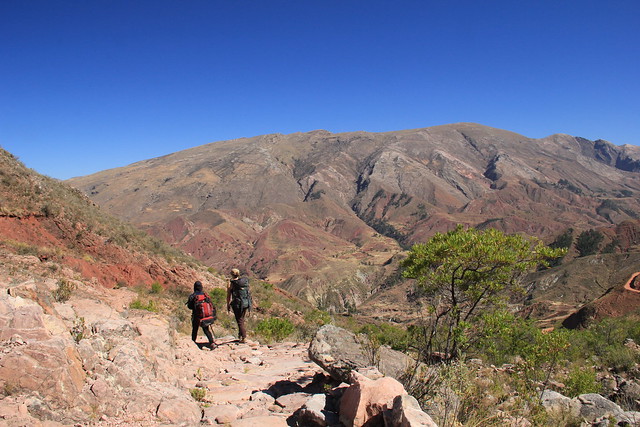
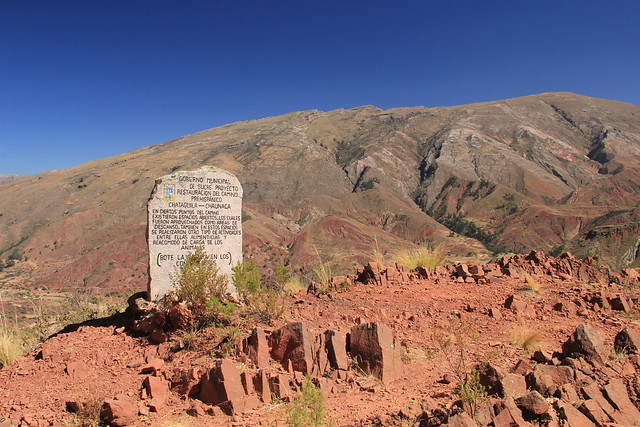



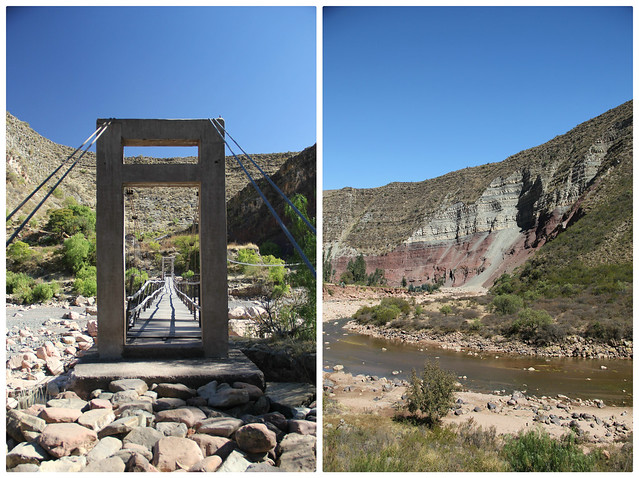
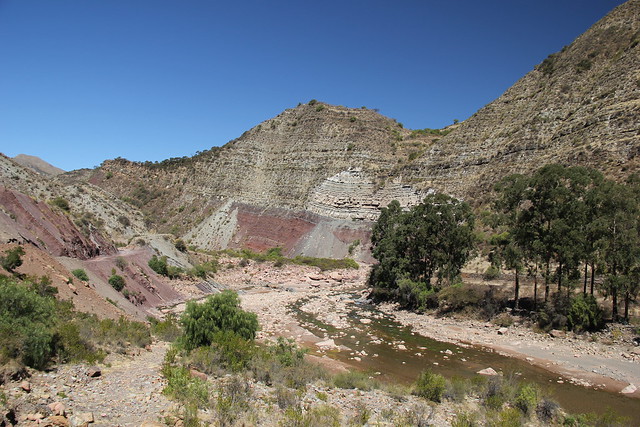
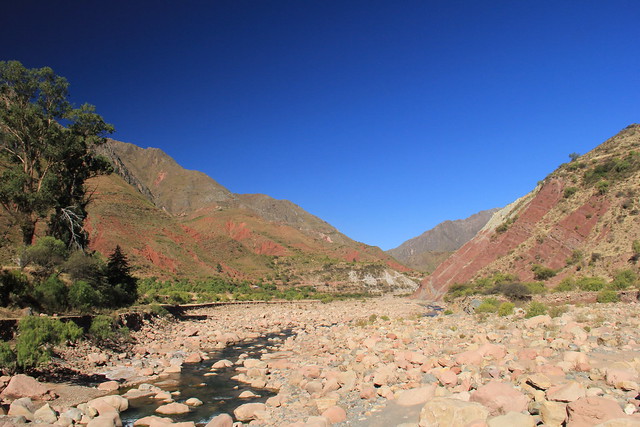
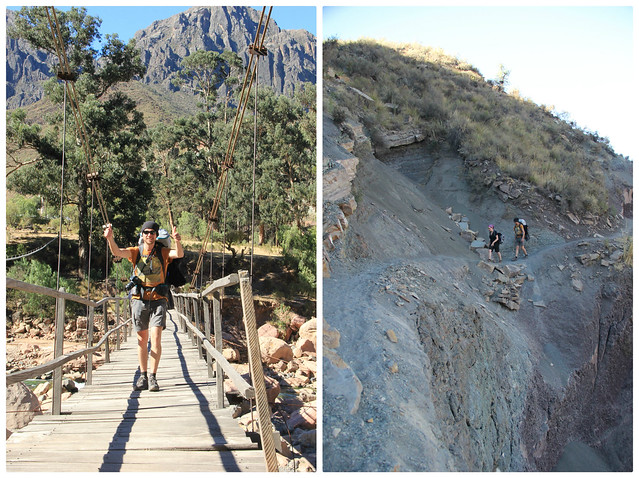
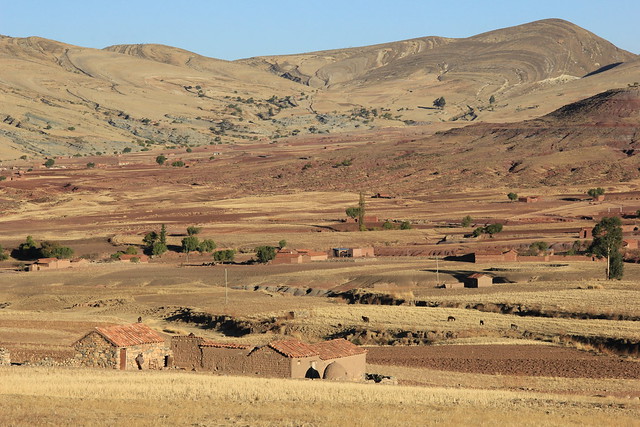

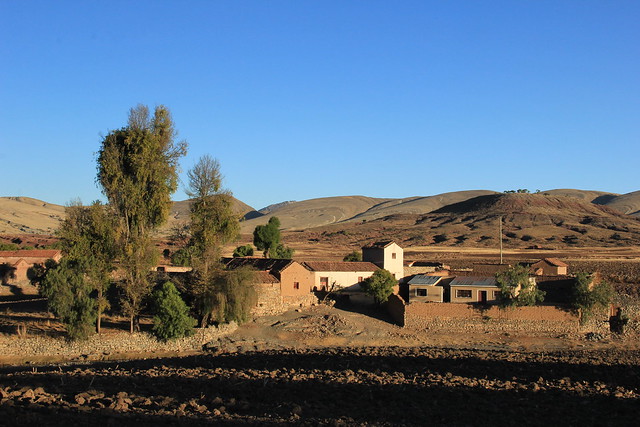

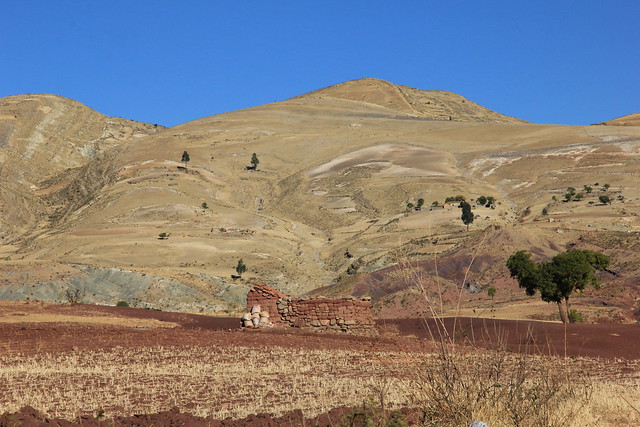
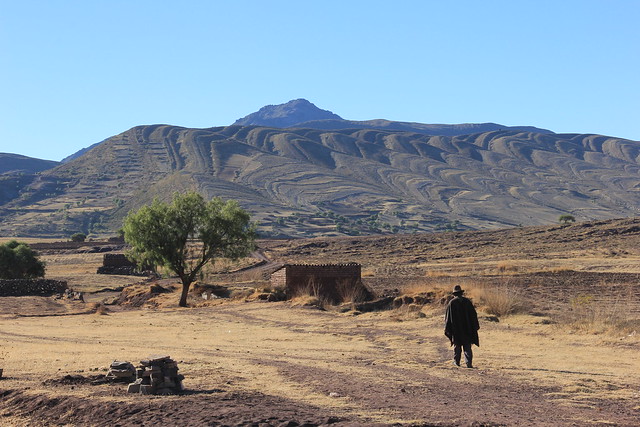
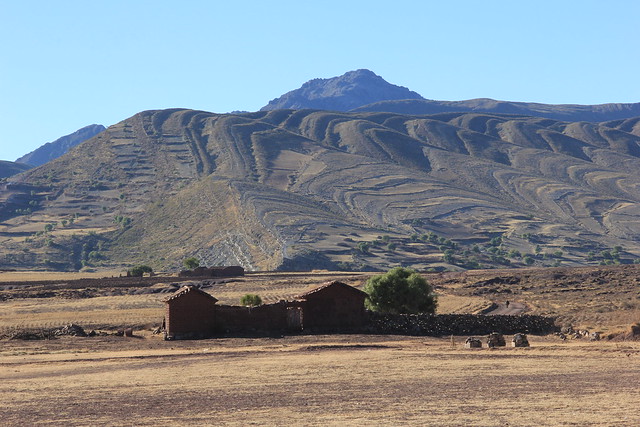
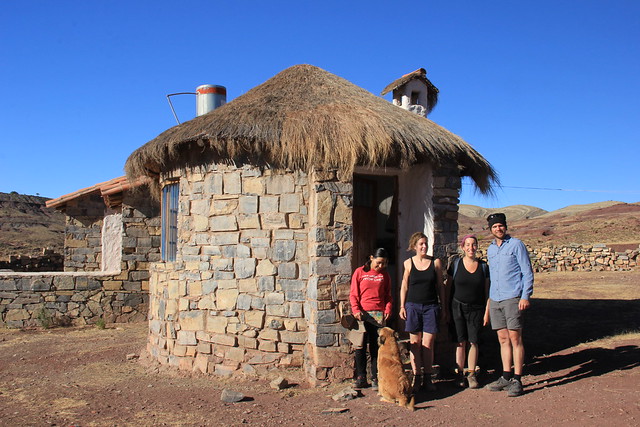



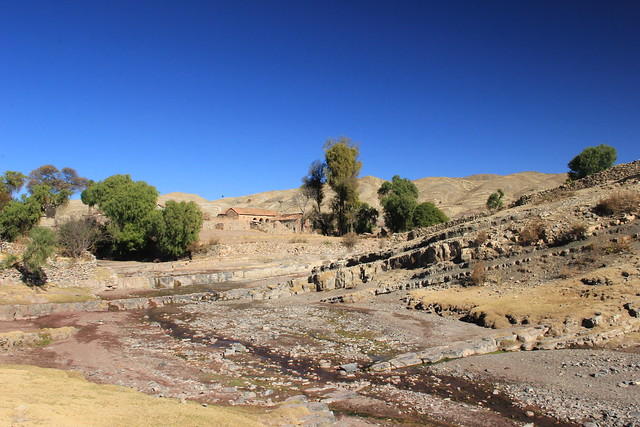
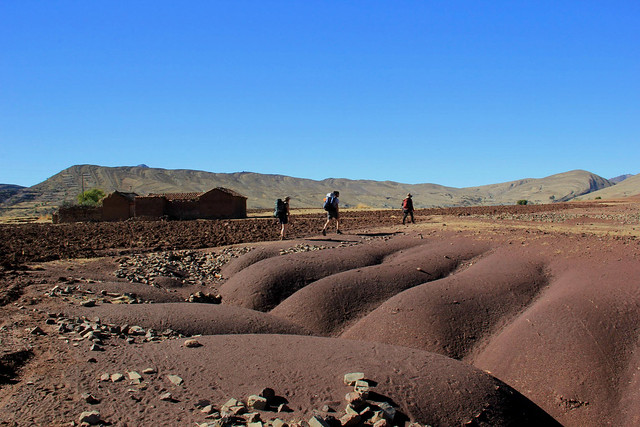
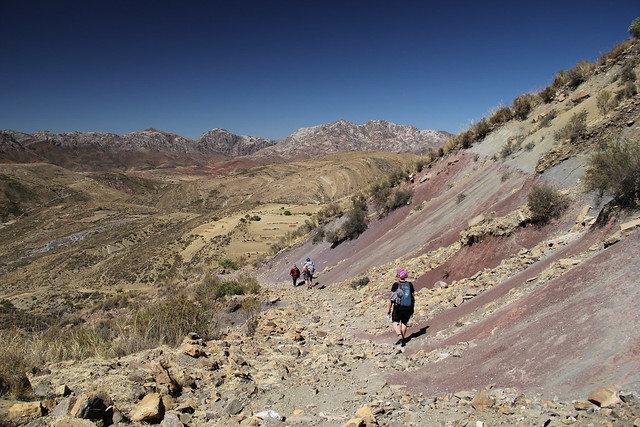
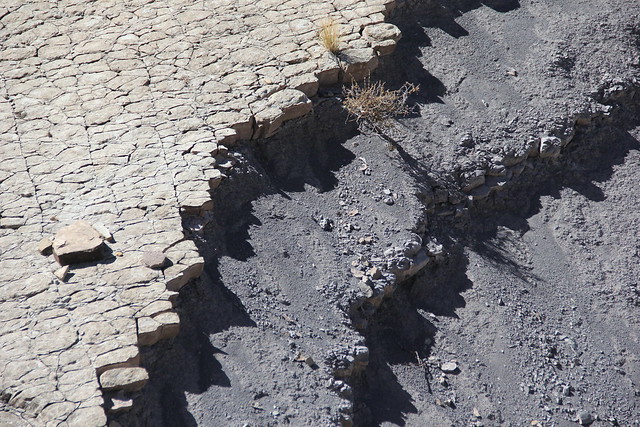


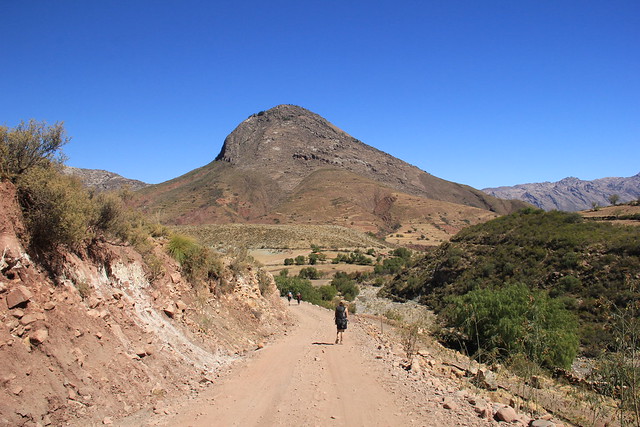







6 Comments
What a unique hike. How many miles did you cover?
It was totally unique! Not sure how many miles we covered altogether but it wasn’t a difficult hike. It was the altitude that started to affect one member of our group rather than the distances covered. Always important to chew plenty of coca leaves 🙂
Wow! I love your photos! What a great adventure. I’m gearing up to do some trekking in S. America next year. I think I will have to make sure to keep Bolivia in mind while I am planning!
Ooh which hikes are you planning? There’s some amazing ones in Peru too (can’t speak for the other South American countries as I only made it to two!) so let me know if you need any tips or advice 🙂
I always love reading your Bolivian adventures because they’re so different with stunning landscapes. This looks like another great hike (though some parts look truly treacherous). I wonder how many miles you walked! And yes, I heard that coca leaves are amazing when you’re tired. I heard they completely re-energize you and you feel like you can run up a mountain!
Bolivia is certainly full of incredible, other-wordly landscapes! And yes, I’m a definite advocate of coca leaves. I swear I could not have completed some of the hikes I did without them. They don’t taste great (apart from in tea; coca tea is lush!) but they do make hiking at altitude soooo much easier 🙂